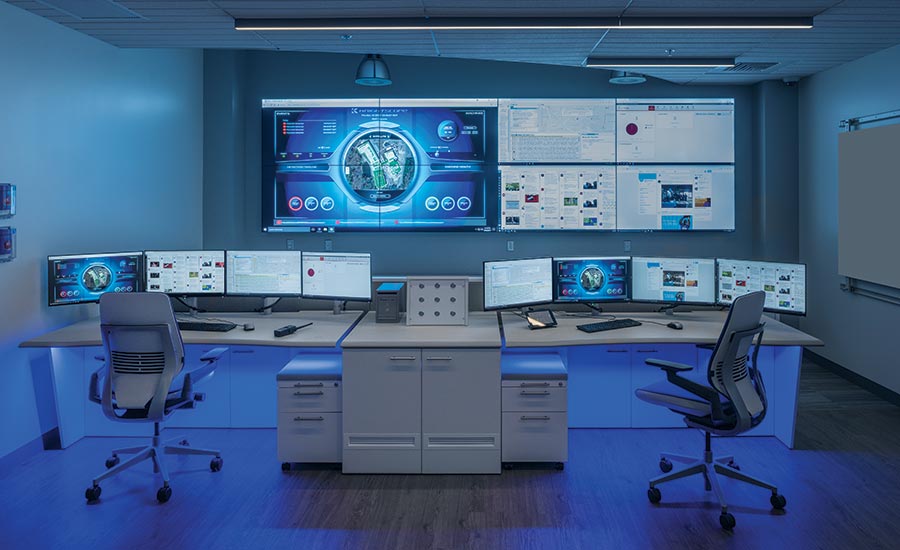Security operations centers (SOCs) have experienced a transformation over the past decade due to the rise of technology and the demand for real-time information. But what will this look like in the future? This article will explore how security operations center technology has changed and how it will change even more in the future.
We’ll also discuss how you can leverage these changes by keeping an eye on upcoming trends. As a result, your security operations center services will continue to provide valuable information for years to come—while staying within your budget.
Operational Challenges
Building a security operations center is not without its challenges. Unfortunately, it’s filled with them. A recent survey found that 60 percent of SOC managers reported critical challenges when building their team, including difficult-to-find personnel and scarce SOC resources such as bandwidth, storage, and staff training.
While building a security operations center from scratch or adding one to an existing organization presents its challenges, moving from an enterprise with no SOC should be an opportunity for any organization’s cybersecurity strategy.
Traditional SOC Models
Firewall, IDS/IPS, SIEM, encryption with managed service providers (MSPs), etc., are all familiar components and concepts in a traditional SOC environment. But many of these components and protocols have known limitations—firewalls and antivirus programs aren’t very good at stopping zero-day attacks. They can’t easily detect anomalies or provide log correlation across numerous systems.
Trends In Modern SOC Deployments
We see a continued trend toward SOC 2-compliant, cloud-native deployments that are scalable and granular. As more security tools emerge from labs and R&D, these more modern implementations will move from labs to real-world SOCs. These SOC deployments will be powered by microservices architecture and backed by containerized components that users can scale up or down depending on their traffic levels.
3 Components Of A Modern SOC
A modern ConnectWise SOC has three basic components: people, processes, and technology. Before we dive into each component, let’s define a SOC: An operations hub for security teams that bring together threat detection and response capabilities (i.e., analyzing alerts, detecting attacks, and responding to incidents).
The mission of a SOC is to reduce time to detection and resolution by providing its analysts with tools, workflow automation tools, and improved user experiences to work smarter instead of harder.
SOC2 Certification
The SOC 2 audit is a comprehensive set of requirements created by ASIS International that sets standards for security operations. This certification ensures organizations are following these requirements to protect customer data best. These requirements deal with monitoring and alerting states that organizations shall establish and maintain an enterprise-wide program for intrusion detection, prevention, or similar means designed to detect information security events in real-time or near real-time.
One of the most critical points is that a SOC isn’t just about technology. People are still involved in every step and process—and ultimately, these people are what will determine whether or not a SOC is successful.



